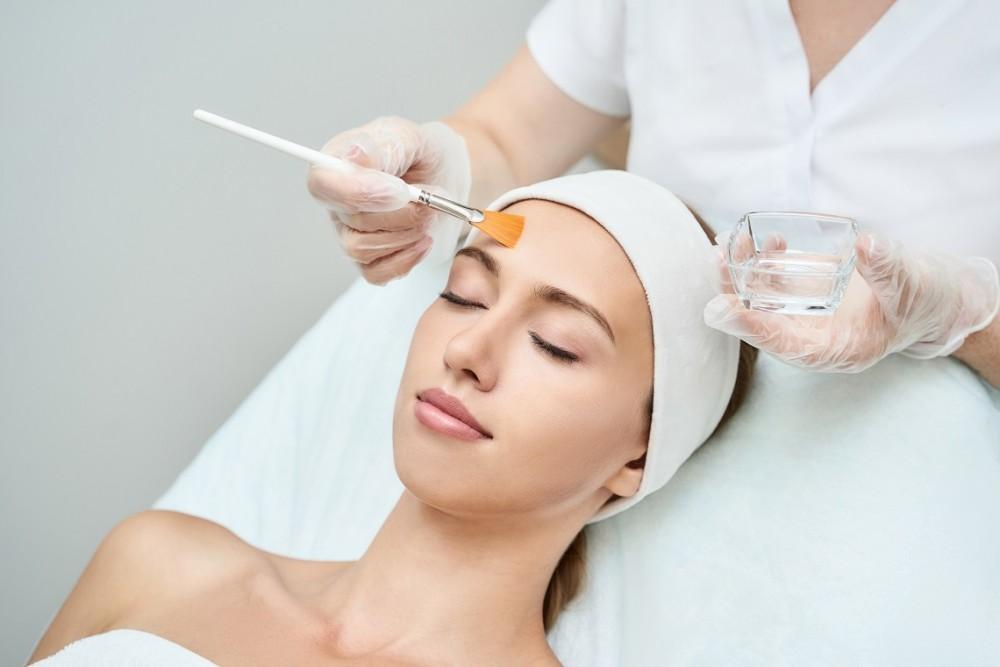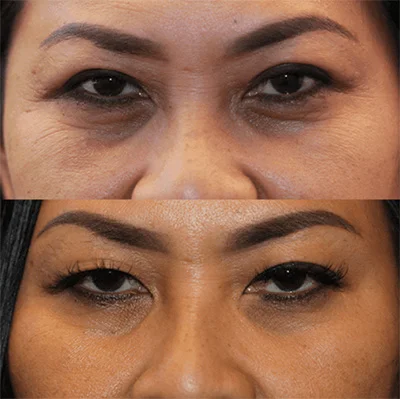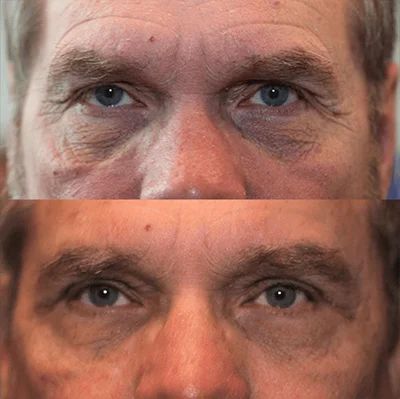
Even though the holidays are a month or two away, it’s never too early to start thinking about how to freshen and rejuvenate your skin, so you look your best.
At Arizona Ocular & Facial Plastic Surgery in Scottsdale, Dr. Dustin Heringer and his team offer numerous treatments to improve your skin’s appearance and tone. One highly customizable option is a chemical peel. It removes dirt, debris, and imperfections, leaving you with a healthy, radiant glow. Here’s how it works.
How chemical peels work
Chemical peels exfoliate the outermost skin layers in a highly controlled manner, coming in light (superficial), medium, and deep strengths. Which one is right for you depends on how deep your skin issues reside within the layers.
No matter the strength, we apply an acidic solution to your skin, removing the damaged top layers and sloughing off dead skin cells and debris. As the layers come off, the blemishes within those layers go with them, leaving your skin clear and healthy. In addition, the acid creates “micro-wounds” in the skin tissue; your body responds by producing the components necessary to heal the area.
Collagen is a fibrous protein that forms a major structural component of your skin, giving it strength and suppleness. When you’re young, you have collagen in abundance. However, when you hit your mid-20s, production begins to decline, leading to wrinkles and laxity. The process can also be accelerated if you spend a lot of time in the sun without sunscreen.
A chemical peel removes worn-out collagen cells and restarts collagen production in the skin’s middle layer dermis. The protein fills in lines and wrinkles and removes scars, restoring your youthful-looking skin.
We use chemical peels on the face, neck, and hands to remove many common skin blemishes, including hyperpigmentation, rough patches, acne, and shallow scars, but you should be aware there are things peels can’t address. These include deep creases or scars, sagging skin, large pores, and areas that have lost fat deposits. These require other treatments we offer, such as dermal fillers, microdermabrasion, and skin resurfacing.
Types of peels
There are three basic types of chemical peels.
1. Light (superficial) chemical peel
Light peels address uneven tone, fine lines and wrinkles, acne breakouts, and skin dryness. We apply glycolic acid or salicylic acid to your skin, leaving it on for just a few minutes; it removes only the outermost skin layer of the epidermis. You can repeat the treatment every 2-5 weeks, as needed.
2. Medium chemical peel
We apply trichloroacetic acid to your skin, sometimes in combination with glycolic acid, leaving it on for about 40 minutes. It removes cells from the epidermis and the upper dermis layer below it. Because it triggers a burst of collagen production, medium peels fill in deeper wrinkles and acne scars and effectively address uneven skin tone.
Medium peels are more invasive than light peels, so we may provide pain medication and an oral sedative to help you remain comfortable during the treatment. You can repeat the procedure every 6-12 months, as needed.
3. Deep chemical peel
Deep chemical peels are only used on the face. Here, we use a carbolic acid (or phenol) solution that reaches below the upper dermis layer, and we leave the solution on for 60-90 minutes, with a break between sessions. Deep peels treat deep wrinkles and scars, and they can also remove precancerous growths called actinic keratoses.
A deep peel is much more invasive than a medium peel, so we numb the treatment area, provide you with a sedative, and administer intravenous (IV) fluids to prevent dehydration. Deep peels are a once-per-lifetime procedure, and the recovery period is substantially longer than for the other peels.
If you’re looking for a skin refresh in time for the upcoming holiday season, a chemical peel could be just the thing for you. To learn more, or to schedule a consultation with Dr. Heringer, give our Scottsdale, Arizona, location a call, or book online with us today.



